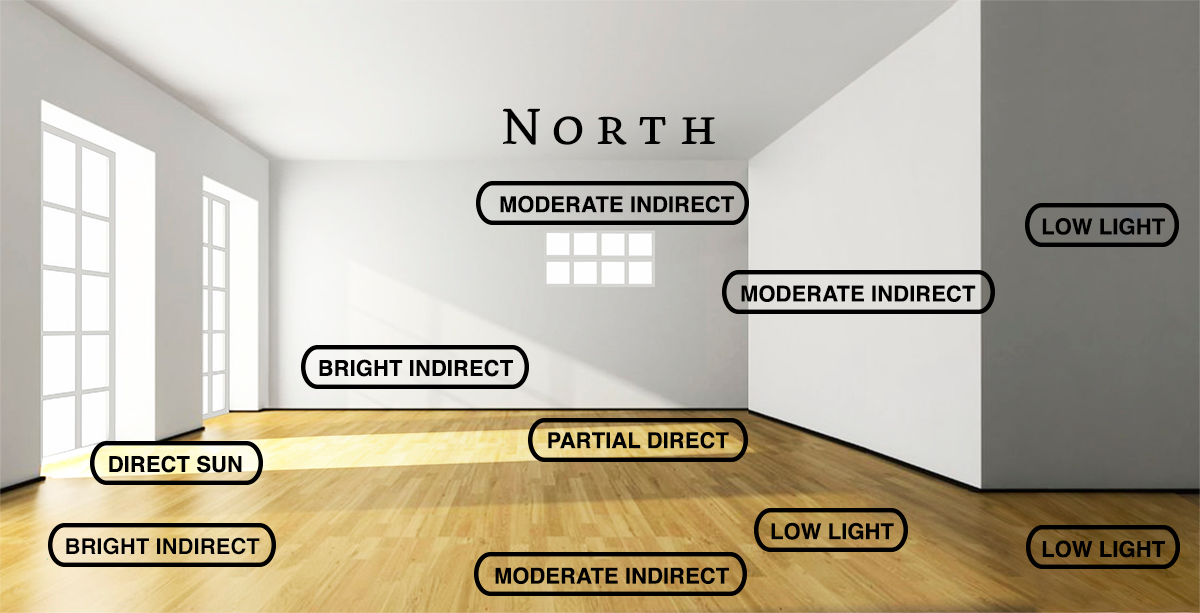


| synonyms | Dracaena angolensis (current name) | |
| height | 2–3ft | |
| width | 1–3ft | |
| tolerates | Drought, Heat, Pots, Neglect | |
| water needs |
When soil is completely dry. | |
| water info |
Since these cylindrical Sansevierias thrive in almost any light conditions (looking their best in some direct sun or very high light), their watering will reflect where they land on that spectrum. In direct sun they don’t need to go bone dry, and will grow better if they are allowed to go mostly dry, but not bone dry. When pushed into lower light, they’ll want water less often. In moderate to low light they absolutely need to go bone dry between watering. Shriveling of the leaves (particularly lower old ones) lets you know the plant has been underwatered. Soggy or slimy lower leaves lets you know the plant has been overwatered and you are risking root rot, if it isn’t already present. |
|
| hardy to |
30F | |
| exposure | Low Light – Direct Sun | |
| indoor outdoor |
Indoor | |
| drainage | In Ground: Cactus Mix, In Pots: Cactus Mix, Tolerates Sandy Soil | |
| fertilizing | All Purpose | |
| origin | Africa | |
| sunset zones |
13, 22–24, H2 |

Direct Sun
Beams of light hitting the plant near a window four or more hours a day. The most intense light.
If you're in a direct sun spot, you can feel the warmth of the sun on your skin.
Partial Direct
Occurs when you have a plant that is in less intense direct sunlight.
This happens when a plant is in a few hours of direct morning sun, or an hour or less of direct afternoon sun.
It also happens when a plant is in direct sun, but more than six feet from a window, where the light is diffused.
Bright Indirect
This is just beyond the direct beam of light (or through cracked blinds or a sheer curtain filtering direct sun).
Bright indirect areas are characterized by a place where you can sit and read a novel comfortably without artificial light.
Moderate Indirect
Beyond the bright indirect light. In these areas you wouldn't turn on a light walking through the room,
but if you were hanging out there you would probably have the lights on, even during the day.
Low Light
Dim spots, usually the backs of rooms or hallways where you would always turn lights on,
even if just walking in to grab something.
